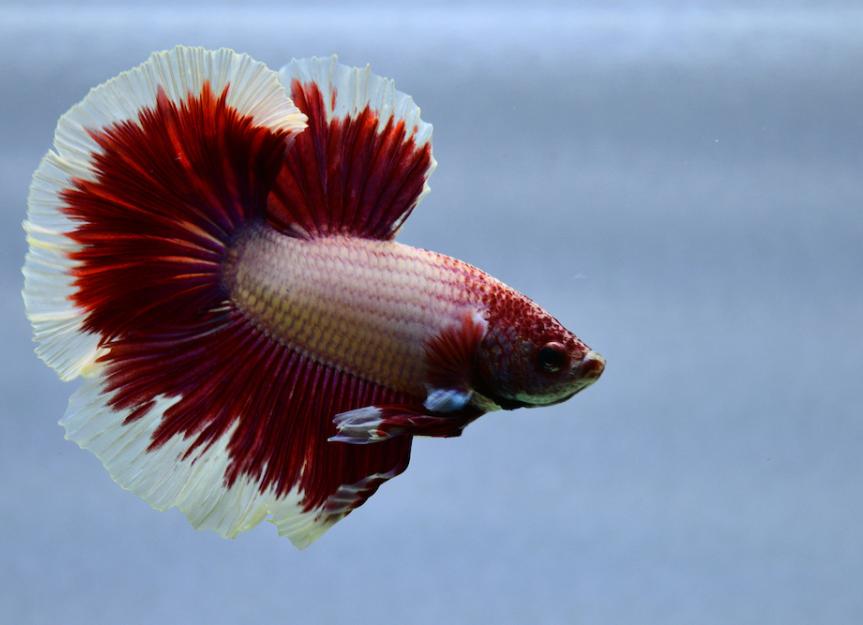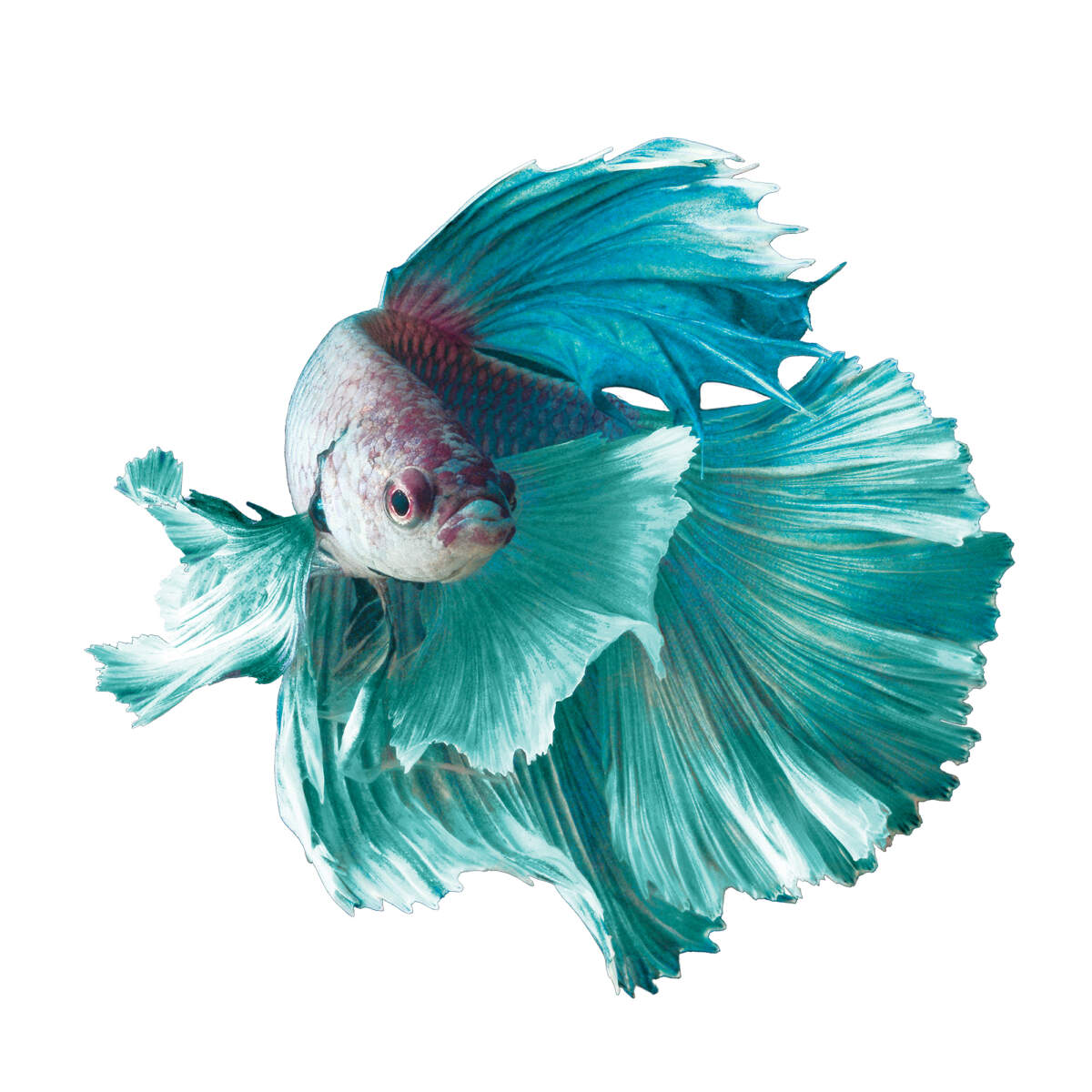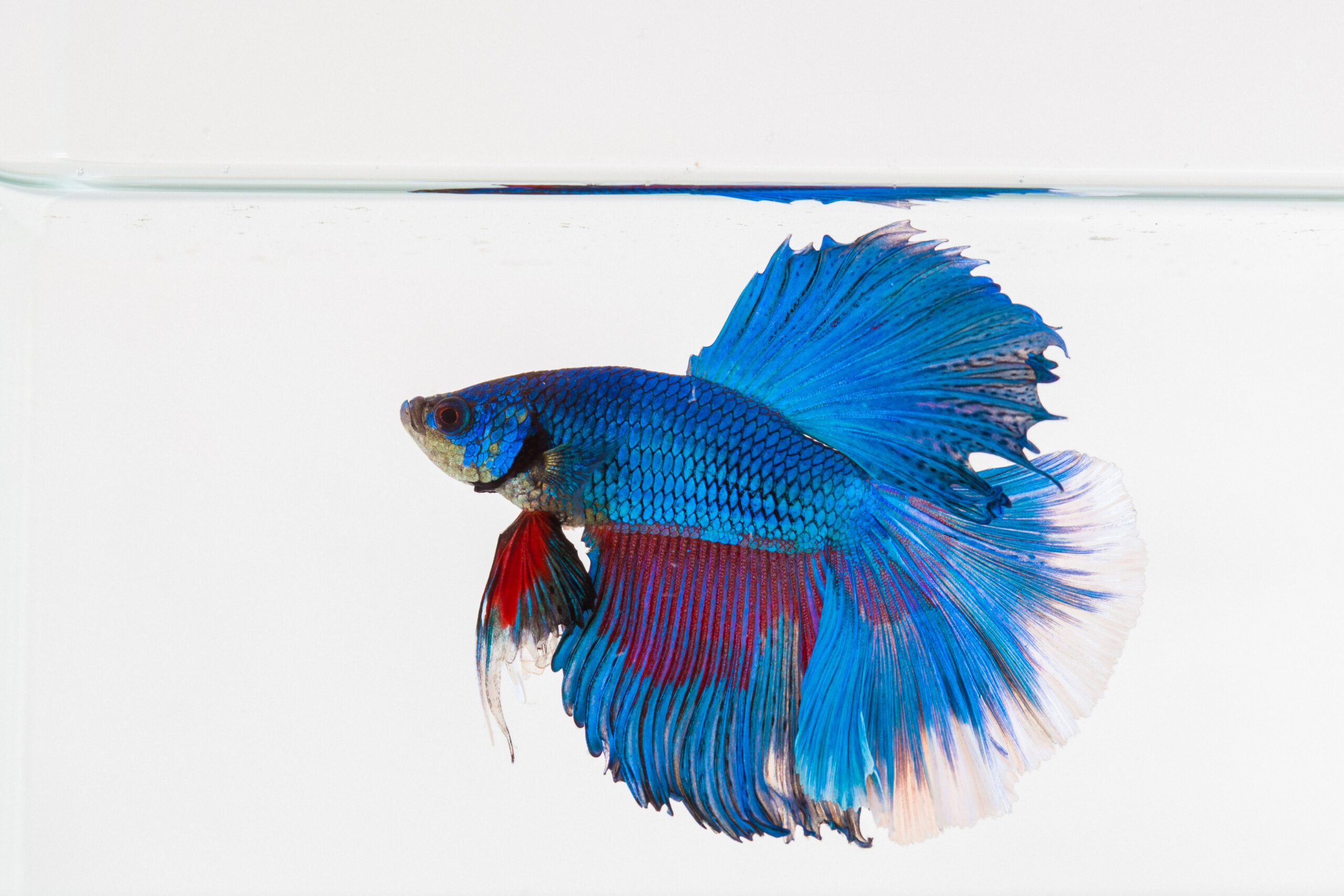Just How to Present Betta Fish to an Area Container Securely
Breeding Betta Fish: a Comprehensive Step-By-Step Overview to Successfully Raising Infant Bettas From Eggs to Adulthood
Breeding Betta fish is a thorough undertaking that requires careful planning and execution to make certain the effective growth of fry from eggs to develop fish. As the male Betta faithfully constructs a bubble nest and guards the priceless eggs, the succeeding phases of treatment and change need attention to information and expertise of ideal techniques.

Choosing Reproduction Pairs
When starting the trip of breeding Betta fish, choosing the right reproduction pairs is crucial to attaining desirable traits and a healthy lineage - betta fish. The primary step in this process is to determine the details traits you wish to improve or protect, such as color, fin type, and physique. It is necessary to pick genetically varied pairs to avoid inbreeding, which can cause wellness concerns and unfavorable attributes
Review possible reproducing prospects meticulously. A healthy and balanced male Betta should show vivid colors, an energetic behavior, and well-formed fins, while the lady ought to also show dynamic pigmentation and a rounded tummy, showing readiness for spawning. Observing the personality of both fish is vital, as aggressive or overly shy people may not breed efficiently.
Keeping records of the moms and dad fish's ancestry can aid you track hereditary traits and possible issues. Inevitably, spending time in the option process will substantially enhance the likelihood of generating solid, lively children that meet your breeding objectives.

Preparing the Breeding Storage Tank
Producing an optimal breeding atmosphere is an essential action after picking appropriate sets for Betta fish. The reproduction tank should be particularly designed to offer comfort and boost the natural reproduction habits of the fish. Start with a container size of at least 10 gallons to make sure appropriate room for both the man and women Bettas.
Preserve a mild filtering system to maintain the water clean while staying clear of solid currents that can worry the fish. In addition, an air rock can be contributed to provide oxygenation without interrupting the water surface way too much.
Temperature regulation is vital; go for a stable series of 78-82 ° F(25-28 ° C) making use of a reputable heating system. The pH level should be preserved between 6.5 and 7.5, and normal water adjustments are required to ensure high water top quality.
Incorporate floating plants or spawning sponges to develop concealing places for the woman, while additionally urging bubble nest building by the man - betta fish. Finally, ensure the storage tank is devoid of sharp designs and any prospective hazards, as the welfare of the fish ought to constantly be focused on throughout this vital stage of breeding.
The Reproduction Process
Commonly, the reproducing procedure for Betta fish includes a collection of unique and visible habits that suggest readiness for recreation. The male Betta starts by building a bubble nest at the water's surface, which works as a site for the fed eggs. This nest is important, as it offers a safe environment for the eggs up until they hatch out.
Once the nest is developed, the man will certainly present courtship habits, such as flaring his fins and showing vibrant colors to bring in the lady. The female, upon noticing the man's readiness, will respond by showing vertical stripes along her body, signaling her receptiveness.
When the female techniques, the male takes part in a mating dance, typically causing a welcome recognized as the "spawning." Throughout this embrace, the female launches her eggs, which the male fertilizes promptly. The fed eggs then drop to the bubble nest, where the male meticulously accumulates and returns them Bonuses to the nest. Following this, the male presumes obligation for safeguarding the nest and making certain the safety and security of the eggs till they hatch, normally within 24-36 hours. This stage is important in the breeding process, laying the structure for effective fry development.
Caring for Betta Fry
Taking care of Betta fry requires cautious focus to their setting and nourishment to make sure healthy and balanced development and advancement. After hatching out, Betta fry are extremely tiny and at risk, necessitating a steady and clean environment. Preserving a water temperature between 78 ° F and 80 ° F is essential, as Betta fry prosper in cozy problems. Additionally, make sure that the water is cost-free of unsafe toxins; routine water modifications of 10-20% are recommended to maintain optimal water high quality.
Feeding Betta fry is just as crucial. Feed them little amounts a number of times a day, being careful not to overfeed, which can lead to water quality issues.
Transitioning to Adult Bettas
As Betta fry fully grown, transitioning them to adult Bettas is a vital phase that calls for mindful management of their setting and social communications. This process usually starts when the fry reach around 6 weeks of age, whereupon they can be gradually presented to a more structured living atmosphere.
To facilitate this website this shift, it is vital to make sure that the water specifications-- such as temperature, pH, and ammonia degrees-- are ideal and stable. Adult Betta fish thrive in warm water (around 78-80 ° F) with a pH of 6.5 to 7.5. Gradually adjust the fry to these problems to lessen anxiety.
Social try here communications are another vital element; male Bettas are infamously territorial and hostile. As a result, it is suggested to different males into specific tanks as they grow. Female Bettas can be housed with each other, yet care should be required to monitor for indicators of hostility.
In addition, dietary modifications ought to be made as the fry expand. Incorporate high-quality pellets and live foods to support their development and health and wellness. By taking care of these elements effectively, you can promote a successful change to the adult years for your Betta fish.

Conclusion
Effective reproduction of Betta fish calls for cautious interest to detail throughout the whole procedure, from picking genetically varied sets to supplying optimum care for fry. By guaranteeing suitable breeding problems and keeping water top quality, the probability of healthy and balanced offspring enhances dramatically. Additionally, a balanced diet and steady adaptation to adult environments are vital for the development and advancement of Betta fish. Adhering to these steps carefully fosters a growing populace of Betta fish, boosting both their health and vitality.